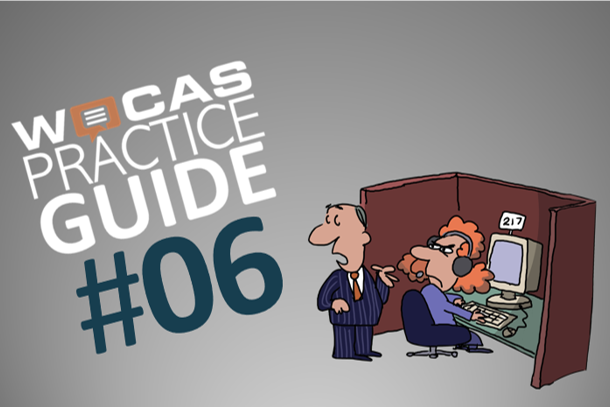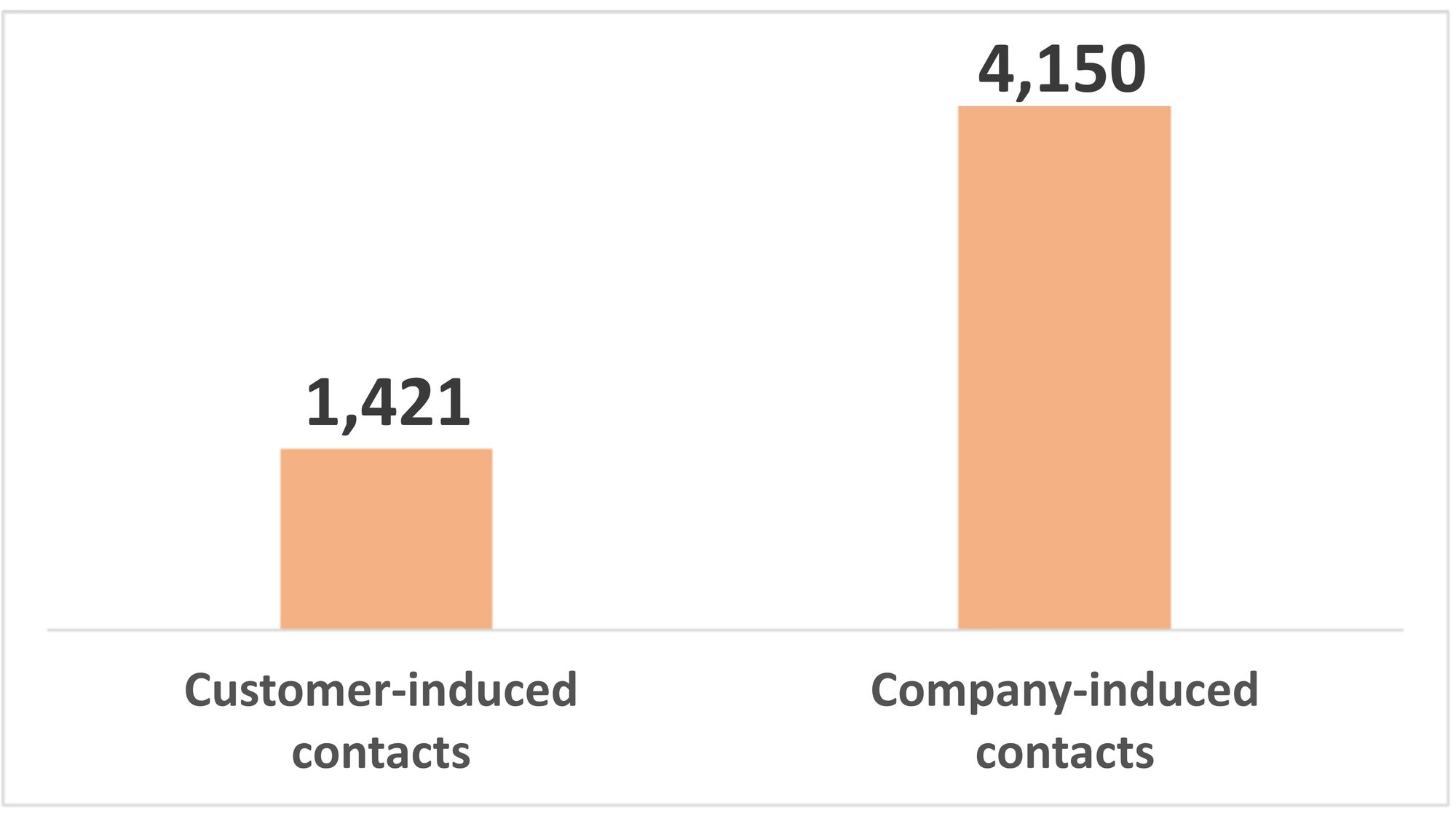
Get you customer service out of the basement!
The performance of customer service is not valued enough in many companies. The "customer service in the basement" is a symbol of this. Companies should realize that they themselves are responsible for the majority of customer contacts. Through structured feedback and division of responsibility, the company divisions can work together with customer service to eliminate the causes and improve the customer experience. Customer service has the opportunity to emerge from its shadowy existence and establish itself as a driving force for improvement.
What is the problem?
We don't know where your customer service is located. In the basement, in the outbuilding or even further away. If it sits right next to the board of directors, your service is certainly one of the few exceptions. Now, it is debatable whether it is desirable to work in the immediate vicinity of the board of directors. In any case, the basement as a customer service workplace clearly expresses the esteem in the company. Cost center is a nasty word that is often used in this context.
This and other words express the conviction that customer contacts are virtually fated and that these contacts must be handled as cost-effectively as possible. "That's what customer service does." Other added value for the company from customer service? Unknown.
The principle of personal responsibility
First of all, customer contacts are not fate! The majority of all customer contacts are caused by the companies themselves (–> WPG#02). While customers suffer from confusing product features, bumpy processes, unclear communication and much more, the service center works flat out to manage the flood of resulting contacts. At the same time, supplies are constantly being replenished elsewhere in the company. Not intentionally, but at least negligently. And thousands of customers once again have to contact the service center unnecessarily.
If we sort the contacts according to their origin, a similar picture often emerges:

Example: An analysis of the customer contacts of an energy supplier shows a ratio of 1:3 between contacts initiated by customers and contacts caused by the company..
Why is that the case? In our experience, most companies know far too little about the drivers and causes of their customer contacts. There is a lack of structured feedback from customer service to the specialist departments about the contacts caused. With the right understanding and a causal allocation of customer concerns and the resulting contacts, it is possible to involve the responsible business owners from the entire company in solving the causes.
Sounds good, doesn't it? Then this is the chance for customer service to leave the basement.
Responsibility in the partnership
Once you have identified and understood (–> WPG#02) the current structure of your customer contacts with the correct customer concern structure (customer-oriented, cause-oriented –> WPG#01), you have identified the ownership of the contacts (business owners) in the company.
The next step is the value/irritant workshop (–> WPG#03), to which we recommend inviting top management and all business owners. In this workshop, it should be possible to clarify the diversity of customer requests, their share of service costs and their impact on the customer.
The participants are often very surprised, and sometimes also very concerned, about the extent of the customer problems that the company itself causes for its own customers. On the one hand, this situation makes it easier to set priorities together and, on the other, to obtain commitment for the necessary implementation resources. In addition, customer service is perceived for the first time as a source of highly relevant customer insights, which can also very quickly bring new problems to the surface of perception and make the quality of the implementation of improvements directly measurable. (–> WPG#05).
Attention: Conflicts possible!
As in any partnership, conflicts can also arise in the partnership with the business owner. Not everyone in the company has the reduction of contacts or the improvement of the customer experience at the top of the target hierarchy.
Examples:
- For marketing, a quick product launch may be more important than the careful examination of all the processes required for this.
- Dept management relies on a rigid dunning process with the aim of minimizing outstanding receivables without taking into account the resulting contacts.
These conflicting goals are not always easy to resolve. The value/irritant workshop is a good opportunity to address these conflicts and set priorities together with management.
Drive instead of being driven
This is an opportunity for customer service to establish itself as a driver for improvements and contact reduction and to become a partner for finding solutions for business owners in the company. Anyone who delivers such added value will be gladly taken out of the basement.
How WOCAS® can support you in your new role
With the WOCAS® application, you can break down the causes of the contacts and assign the business owners the contacts that were caused by their areas of the company. You can identify specific fields of action and assign them contact numbers for prioritization. WOCAS® supports the entire solution process and helps to check the effectiveness of the solutions found.
The customer experience improves with every measure, the number of contacts decreases sustainably and customer satisfaction increases.

Feedback
We would be very glad to receive likes and comments or if you share our practice tip to make it accessible to other interested parties. You can do this by following our LinkedIn company page.
Want to talk to us? - Great!
We look forward to hearing about your challenges in a non-committal conversation and finding out together how WOCAS can help you.
